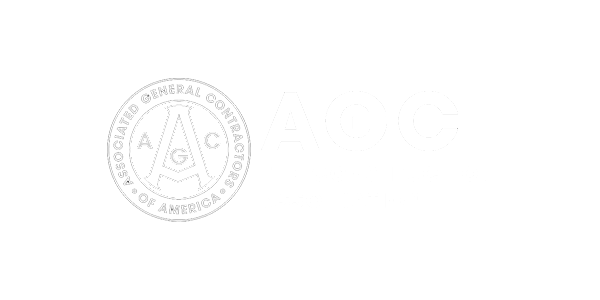There are various construction contract types, each defined by how the payout is made, timeline for payment, and what you’re liable for. Construction contracts are legal agreements where the owner and contractor agree on the project and payment. A contract should protect the general contractor and the owner. The billing method of your construction contract is an essential detail and is based on the nature of your contract. Things like project duration and indirect costs should be considered when selecting a billing method.
There are threats and benefits to each construction contract as it pertains to billing. Let’s review some of the most common construction contracts ↓
Lump Sum Contract
This is the most basic type of construction contract. A lump sum contract sets one price for all work on the project. You’ll also hear lump sum contracts referred to as fixed price or stipulated sum contracts. Lump sum contracts are best for smaller projects with known scopes of work.
✅ Pro: You have a clear expectation of the work needed and since the price is predetermined, if you finish underbudget, those savings are yours.
⛔ Con: There’s no room for error and any unforeseen changes that occur during the project will cut directly into your profit.
Progress Billing
Progress billing is when contractors submit a new payment application before the deadline of each pay period for work and materials. Progress billings are created based on the percentage of completion work to date so payments are made at agreed upon points in the project.
✅ Pro: You’re paid as you go and can resolve disputes before the project is over.
⛔ Con: Time-consuming payment applications are put together more than once during a project.
AIA Billing
Since 1992, AIA billing has been the standard for contractors to follow when submitting documents to architects. AIA billing is a form of progress billing that uses specific documents (the G-702 contractor application for payment and the G-703 continuation sheet).
✅ Pro: AIA billing has many advantages for subcontractors – it’s customizable, commonly used, and gives subs rights for non-payments from general contractors.
GCPay Pro: Create AIA G-702 and/or G-703 style billings automatically in GCPay. GCPay incorporates the costs approved for your subcontractors, eliminating the inefficient process of manually calculating the costs for projects. All documents are housed in one easily accessed location. This feature is available to you at no additional cost allowing you to make the most of out of GCPay!
⛔ Con: AIA billing forms aren’t free, and you’re not allowed to reuse a billing form, you must produce a new form each time.
Cost Plus
A cost-plus contract, or cost-reimbursement contract, means the contractor gets paid for all construction-related expenses plus an agreed-upon profit. Most of the risk in a cost-plus contract is on the owner because the GC is paid for all costs incurred during the work and any unforeseen expenses will be owed by the owner. Cost-plus contracts are best for projects where flexibility is expected.
✅ Pro: If any changes are made to the project, contractors are paid for the extra time or extra materials needed.
⛔ Con: Keep track of all of your expenses and be prepared to present them for reimbursement. You might get limits to how much you can spend.
Time & Materials
In a time and materials contract, the contractor and client finalize the charges for labor and materials that are needed for the project. The price for construction is not predetermined. The billing is done according to what the client and contractor decide on, i.e. a daily rate with additional expenses. Costs in the contract are marked as direct, indirect, markup, and overhead. An owner takes on risk with a time & materials contract because they’re on the hook for any changes to the project.
✅ Pro: No real risks for a contractor because there is no boundary for the time taken to complete the project as well as for its cost.
⛔ Con: The scope of work will be unclear and it’s difficult to estimate the final costs.
Unit Price
Unit pricing contracts are very common. These contracts divide the total work into units. The contractor usually provides the owner with estimates for the work, instead of an estimate for the entire project. These contracts work great for projects when the amount of work needed isn’t clear.
✅ Pro: Unit price contracts simplify invoicing, and your profit stays the same since extra work or materials is added as a prepriced unit.
⛔ Con: Forecasting the final value of the contract is difficult because the amount of units needed to finish a project isn’t known quickly.
What Are Construction Invoices?
A construction invoice is sent when payment is owed for contracted work. A construction invoice contains a description of goods and services, the costs and quantities for the goods and services, and payment terms.
Not to be confused with payment applications…
Payment applications are detailed documents that outline project specifics like lien waivers and compliance documents. A payment application is usually used on projects with progress billing.
–
While we’re all about simplifying payment applications, we know how important it is to get the best contract in place for your projects. Using the right contract and billing process ensures profit, satisfaction, and risk avoidance. Keep in mind you should always review any clauses on the contract – especially pertaining to retainage and contingency – which could affect your payment timeline. And of course, using the right software can improve the construction billing process… let’s talk about how GCPay can benefit you!








